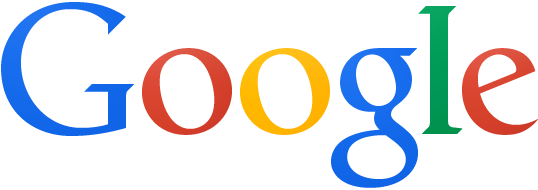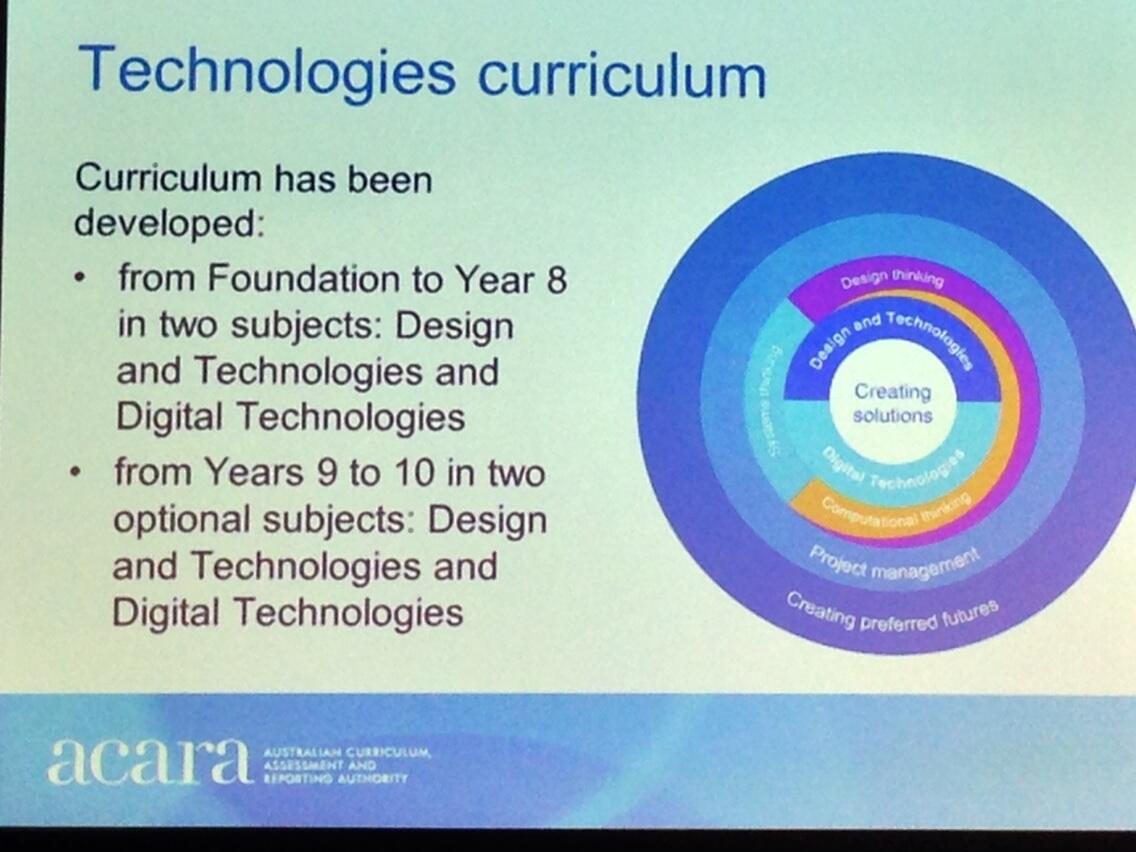I met Rob Torok today at the Google Digital Curriculum Summit. Along with Damien Kee, his online resources helped to kick-start my learning journey with Lego NXT Robotics. I was talking to him about some of the things we have done or could do at my school, using NXT robotics in the curriculum. He challenged me to provide a list of 10 things we could use robots for, that wasn’t primarily about teaching robotics. Challenge accepted!
[1] Mathematics: Coordinate Graphing – program robots with y=3x+2 equation. Each group gets a different x value. Robots drive forward y rotations. What pattern do they end up in?
[2] Physics: Energy transformation – Use sound sensor to record the sound of a bouncing ball. Use peak intervals and decay to discuss conservation (and loss) of energy (hat tip to Damien Kee)
[3] Art/Maths: Drawing systems – attach pens to Domabots and program to drive in complex, recursive patterns.
[4] Biology: Coordination of Body Systems – combine an NXT kit with a chemistry kit to control the flow of liquids. Model bladder fill/empty feedback system (see here)

[5] Mathematics: Interpreting graphs – Use light or sound sensor to record input over a long period. Analysise data retrospectively. What do you think happened in the room over time, when? (hat tip to Damien Kee)
[6] Biology: Ribosomes – The ribosome is an amazing piece of biochemical engineering which translates messenger RNA codons (three-letter sequences) into a strand of amino acids to make protein. I have planned, but never built, a device which would take a paper strip as an input, and read grey scaled boxes (light sensor) or colour patches (colour sensor) in groups of three, then translate them into an amino acid letter sequence. The hardware build wouldn’t be too hard and the program should be fairly straight-forward. It would use the ‘genetic code’ as its reference.

[7] Chemistry: Reaction rates – We already have reactions which turn cloudy, and students use a black cross under the beaker to determine when it is too cloudy to see. This gives you a single time point used to estimate a reaction rate. Using the light sensor on one side of the beaker, and an LED on the other would give a data log of the whole process of precipitate formation (in real time).

[8] Physics: Sustainable energy – When teaching Year 7 students about sustainable energy they came up with the idea of using the light sensor to track the sun across the sky. By using this to rotate a solar panel, maximum power generation can be achieved.
[9] Computer Science: Data transmission – Encode a message in binary and send out bits using the light or sound output. Use the corresponding sensor on a recipient device to record the signal, then decode.
[10] Earth sciences: Building Earthquake Test-table. This device was used to generate oscillation for a shake table. We tested different building designs for their ability to withstand increasing levels of vibration, controlled by the NXT device (see video for full set-up).













